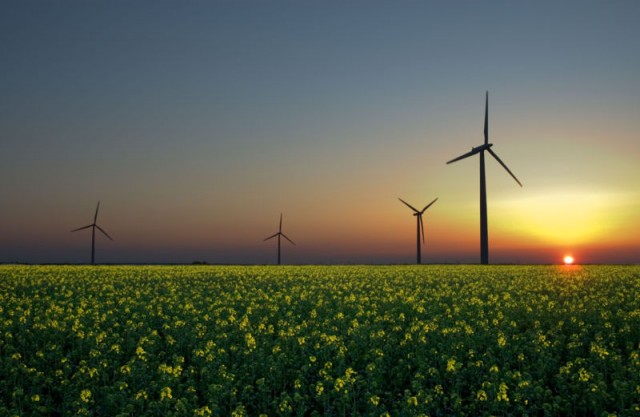
As children of the late 20th century, we’ve seen the use of wind power go through several phases. We’ve known it as the answer to our prayers of a renewable energy source, we’ve seen them installed on our oceans and in our landscape and we’ve seen the incredible backlash from communities and activists who believe the farms are doing much more harm than good. But what is the real story, is wind powered energy all it’s cracked up to be, or is it just another stop-gap on the way to a brighter renewable energy future? Read on to find out.
Wind-powered energy
To begin, it’s important to note that very few people believe that continuing to use finite resources (like fossil fuels) to continue powering our lives here on earth. Nobody is doubting that renewable energy sources are better for the environment than fossil fuels, but it is only far to investigate all energy generation methods fully before committing to them. Wind energy is the fastest growing energy source on the planet and more and more of us are discovering its distinct advantages in the production of energy, though its efficiency is hard to gauge.
It’s a fact that if there’s enough wind to spin the blades of a wind turbine, it’s producing energy. How much energy, however, can vary from moment to moment when it comes to a single wind turbine. Because of fluctuations in wind speed, a turbine may produce huge amounts of energy one moment and no energy the next. As such, it’s impossible to say that every turbine produces a base level of energy. Energy produced by wind turbines varies from location to location and from day to day. What we can measure, however, is the theoretical limit of wind turbines. Modern wind turbines, with their optimised shapes have a theoretical limit of just under 60% efficiency from the wind blowing across it.
Do wind farms ‘pay back’ their cost of production?
Another area we can measure is the average amount of time it takes for wind farms to ‘pay back’ the energy that was used in the creation of the farm itself. To explain in a little more detail, wind turbines are made from metal and have concrete foundations, and the production of wind turbines requires the use of unclean, fossil fuel energy to make it. So the time it takes for the wind farm to break even on its promise of green energy is incredibly important, as it decides whether they’re worth installing.
The average wind farm in the UK pays back the energy used in its construction within three to five months, which is better than either coal or nuclear factories, which take about six months on average. It’s also very favourable when you consider that an average wind farm will last around 20 to 25 years with very little maintenance.
A single wind turbine in the UK produces around 4.7 million units of electricity each year, which is enough to meet the yearly needs of around 900 homes. With 5276 wind turbines in the UK (as of January 2014), that’s 4.78 million homes in the UK which are currently powered by wind. That isn’t to say that wind turbines don’t have their disadvantages though.
They’re considered ugly by many people and their efficiency does vary wildly depending on wind speed and wind direction. They’re also somewhat noisy, producing a low level hum which some find disturbing and they do indeed produce pollution in their creation. So clearly, wind powered energy isn’t entirely efficient, but it is completely free and entirely renewable. Harnessing the power of the wind gives the world huge amounts of energy, it just depends on the weight of the positives and negatives to decide whether they are indeed efficient enough for our needs.




